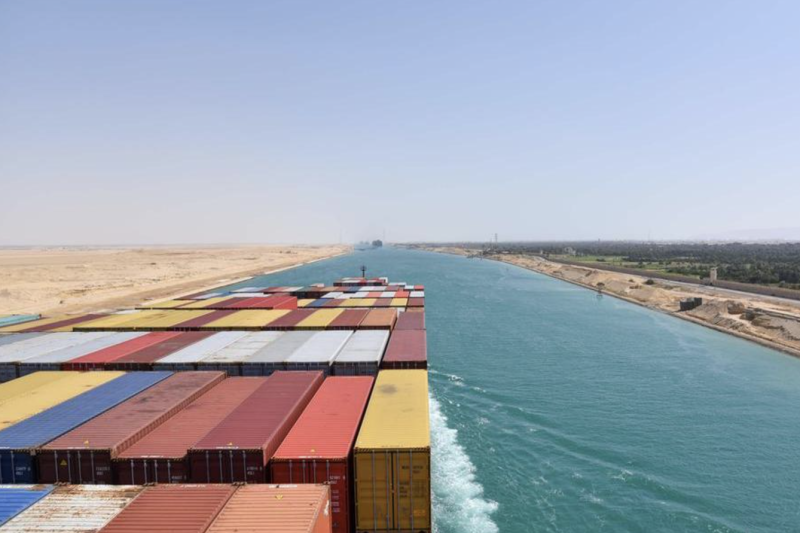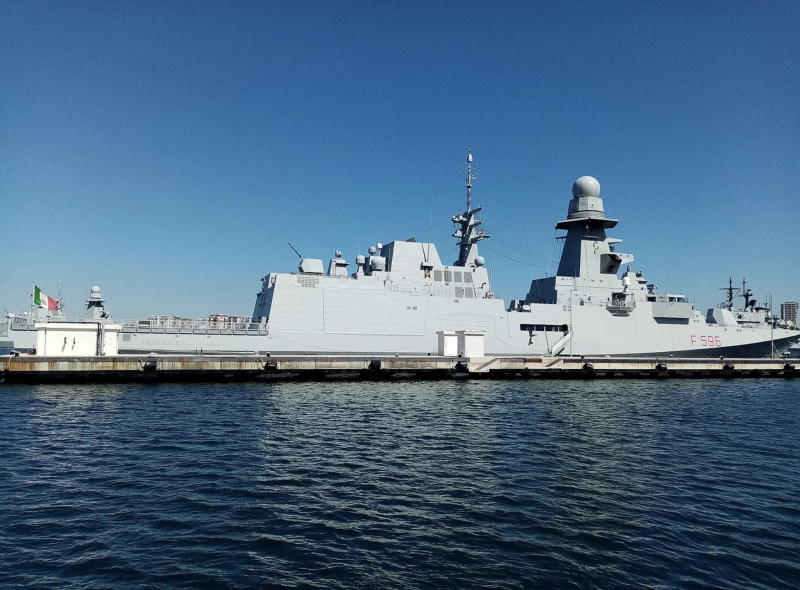U.S. missiles may leave Asia vulnerable in Yemen campaign push


The military commanders and congressional staffers briefed by the Pentagon revealed a growing concern that could reshape America’s defense posture across two critical regions.
According to a report by The New York Times, officials from the U.S. Indo-Pacific Command [INDOPACOM] are increasingly worried that the Pentagon may soon need to shift precision-guided, long-range weapons from Asia to the Middle East.
This potential transfer stems from an ongoing campaign by U.S. Central Command [CENTCOM] against the Iran-backed Houthi militia in western Yemen, a conflict that has already consumed substantial munitions and resources in its first month alone.
The strategic dilemma is stark: with limited stockpiles and rising tensions in both theaters, the United States faces tough choices about where to prioritize its military might at a time when global adversaries are watching closely.
The campaign against the Houthis, which intensified in mid-March, has already cost the Pentagon upwards of $200 million in munitions, with total operational expenses potentially nearing $1 billion when factoring in personnel and deployment costs, as reported by CNN on April 4, 2025. This rapid expenditure is driven by the need to counter Houthi attacks on Red Sea shipping lanes, a vital artery for global trade, and to protect U.S. and allied interests in the Middle East.
Yet, the operation’s demands are pulling resources away from Asia, where INDOPACOM planners argue that these same weapons are essential to deter an increasingly assertive China. The tension underscores a broader challenge for the U.S. military: maintaining readiness across multiple fronts with finite assets.
At the heart of this issue are the specific weapon systems in question, which represent some of the most advanced and effective tools in the U.S. arsenal. Among those likely being considered for transfer are the Joint Air-to-Surface Standoff Missile [JASSM] and the Tomahawk Land Attack Missile [TLAM], both of which have been pivotal in the Yemen campaign.
The JASSM, developed by Lockheed Martin, is a stealthy, precision-guided cruise missile designed to strike high-value targets from beyond enemy air defenses.
With a range exceeding 230 miles in its baseline version and over 500 miles in its extended-range variant [JASSM-ER], it allows aircraft like the B-2 Spirit or F-15E Strike Eagle to engage targets without entering contested airspace. Its 1,000-pound warhead, equipped with a penetrating capability, makes it ideal for destroying fortified bunkers or command centers—targets that align with CENTCOM’s efforts to degrade Houthi infrastructure.
The Tomahawk, a mainstay of U.S. naval power since its introduction in the 1980s, offers even greater reach, with a range of approximately 1,500 miles in its Block IV configuration. Launched from ships or submarines, this missile can loiter over a battlefield, adjust its course mid-flight, and strike with pinpoint accuracy thanks to its GPS and inertial navigation systems.
Its versatility has made it a go-to weapon for operations like the Yemen strikes, where naval assets in the Red Sea and the Gulf of Aden have been heavily engaged. CNN reported that both JASSMs and Tomahawks have been expended in significant numbers against the Houthis, targeting missile launchers, drone facilities, and underground storage sites.
Yet, these systems are equally critical in the Indo-Pacific, where their long range and precision would be vital in any potential conflict with China, particularly around flashpoints like Taiwan or the South China Sea.
Another system potentially in play is the Joint Direct Attack Munition [JDAM], a GPS-guided kit that transforms unguided bombs into smart munitions. While less glamorous than the JASSM or Tomahawk, JDAMs are a workhorse of modern air campaigns, offering ranges up to 15 miles when dropped from high altitudes and costing significantly less than cruise missiles—around $25,000 per unit compared to over $1 million for a Tomahawk.
Their widespread use in Yemen, likely against mobile Houthi targets or coastal defenses, highlights their logistical importance. However, their depletion in Asia could limit the U.S. Air Force’s ability to sustain operations against a peer adversary like China, where mass precision strikes would be essential.
The technological and logistical strain of this dual-front challenge is compounded by production realities. The U.S. defense industrial base, while robust, struggles to keep pace with wartime consumption rates.

Aden  – British Ambassador to Yemen, Abda Sharif, has reiterated the United Kingdom’s strong backing for the United Nations Verifi…

CAIRO — The Suez Canal Authority (SCA) announced that revenues from the vital waterway fell to approximately $4 billion in 2024, marking a dr…

Aden — The European Union has confirmed that the Italian frigate ITS Marceglia, operating under its maritime security mission in the Red Sea,…